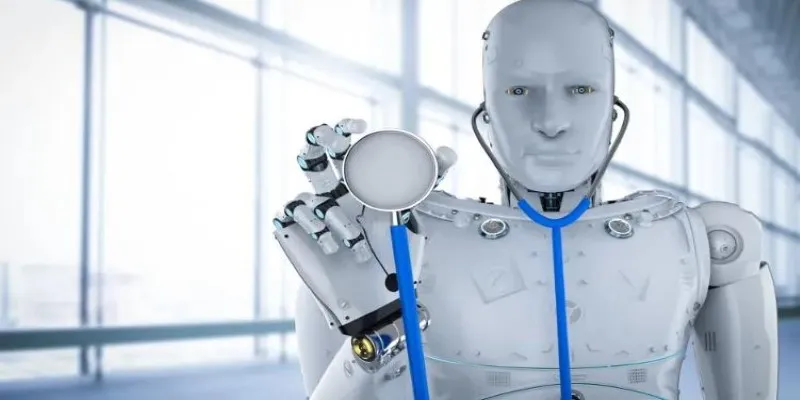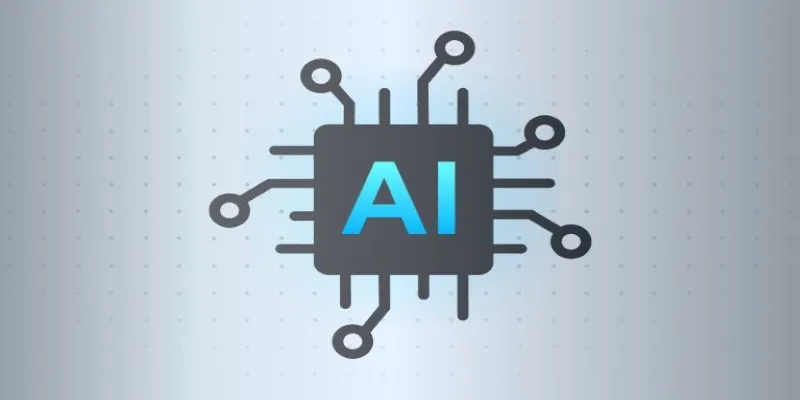Robotics and AI are rapidly advancing, marking a significant shift in autonomous systems. These machines go beyond simple automation; they can make decisions, react in real time, and perform tasks independently. This evolution combines mechanical engineering, advanced sensors, and algorithms, enabling machines to understand and adapt to their environment.
Autonomous systems are already deeply integrated into daily life, ranging from self-driving cars to drones mapping disaster zones, warehouse robots, surgical assistants, and underwater robots monitoring marine life. These quiet innovations are transforming industries, one decision at a time, and illustrating the future of intelligent, self-reliant machines.
The Core of Autonomy: Perception, Reasoning, and Action
For a system to be truly autonomous, it needs more than just the ability to move. It requires perception, reasoning, and action, similar to human capabilities. Perception involves gathering information from the environment through sensors. Cameras, LIDAR, ultrasonic detectors, and GPS feed the machine raw data, acting as its eyes and ears tuned into the physical world.
However, data alone is just noise. AI steps in with pattern recognition, computer vision, and machine learning models trained on thousands or millions of examples. These models help machines recognize obstacles, understand context, or even detect changes in temperature or sound. In robotics and AI, this layer of understanding transforms raw inputs into real-world meaning.
The reasoning phase is where things get more interesting. This is the "thinking" part, where the system evaluates its situation, weighs options, predicts outcomes, and makes a decision. For example, a delivery robot could choose the best route based on current foot traffic, or an agricultural drone could adjust its altitude to avoid strong winds.
Then comes action—the actual execution of the decision. Movement, communication, manipulation of objects—whatever the task is, the system needs to carry it out safely and accurately. This whole loop—sense, think, act—can occur many times per second. Unlike human operators, autonomous systems don’t get tired, distracted, or impatient.
The more seamless this loop becomes, the closer we get to truly intelligent autonomy. This is where robotics and AI shine brightest—not just doing what they’re told, but deciding what to do.
Real-World Applications that Are Quietly Transforming Industries
Autonomous systems are appearing everywhere, often in places that don't grab headlines. Take logistics, for example. In massive fulfillment centers, robots ferry goods between shelves and packing stations, navigating aisles, avoiding collisions, and coordinating with human workers. This tight human-robot interaction isn't science fiction—it's business as usual for companies looking to scale fast and cut costs without sacrificing accuracy.

In agriculture, self-driving tractors and drone-mounted sprayers use AI to analyze crop health and soil data in real time. These systems adjust their approach based on weather conditions, moisture levels, and even the plant's growth stage. The goal isn't just efficiency—it’s smarter resource use, reduced waste, and higher yields.
Medical robotics is another area where autonomy is making waves. Surgical robots are no longer just mechanical extensions of a surgeon's hand. With AI onboard, these systems can assist with planning, performing delicate sutures, or adjusting during unexpected complications. They don't replace human expertise but augment it—making procedures safer and recovery quicker.
Even deep-sea exploration, which used to rely heavily on tethered submersibles, is now led by autonomous underwater vehicles that scan shipwrecks, monitor marine life, or track pollution spread—all without needing constant human oversight. Similar technology is used in space exploration, where autonomous systems handle rover navigation on Mars, adjusting routes based on real-time data from sensors.
Of course, there's mobility. Self-driving cars tend to dominate this conversation, but autonomy is expanding in other transport modes too—autonomous trains, flying taxis, and cargo ships that can steer themselves across oceans. These systems must deal with complex, unpredictable environments requiring a high level of coordination, safety, and legal compliance.
Challenges on the Road to Full Autonomy
As advanced as autonomous systems are becoming, achieving full autonomy remains a complex challenge. Machines don't understand context the way humans do. A slight deviation on a sidewalk might mean a pothole—or a sleeping dog. AI doesn't always get it right, and mistakes in the real world can cost more than just a few lines of broken code.

Edge cases—rare or unexpected situations—are one of the biggest hurdles. A self-driving vehicle might be trained on millions of miles of urban roads but might still hesitate or react poorly to an unusual construction site layout or a child running after a ball. Human common sense fills in the gaps. Machines have to rely on data and algorithms, which might not always cover every possibility.
Then there’s the question of trust. People are still hesitant to let machines make critical decisions—whether it's about driving, medical care, or security. We trust other people (often more than we should), but handing over that same trust to machines takes time. Transparency, accountability, and regulation will play a key role in bridging that gap.
Ethics is another growing area of concern. Should autonomous drones be used in combat? Who is responsible when an autonomous system fails—the manufacturer, programmer, or end user? As AI gains more decision-making power, the rules of engagement need to be rewritten clearly and carefully.
Moreover, these systems are data-hungry. They need access to massive amounts of training data to function properly. That raises concerns about privacy, surveillance, and the security of systems that are often connected to cloud platforms. An autonomous system that can be hacked or manipulated isn't just inconvenient—it could be dangerous.
Despite these challenges, progress continues. Advances in AI models, better hardware, improved safety standards, and collaborative testing environments are all helping to push the boundaries of what’s possible in robotics and AI.
Conclusion
Robotics and AI are shaping the future of autonomous systems, enabling machines to think, learn, and act independently. These systems are already transforming industries by improving efficiency, safety, and precision. While challenges remain, such as trust, ethics, and edge cases, advancements continue to push the boundaries of what's possible. The integration of autonomous systems into our daily lives promises to enhance human potential, making technology a true partner in innovation and progress.
 zfn9
zfn9